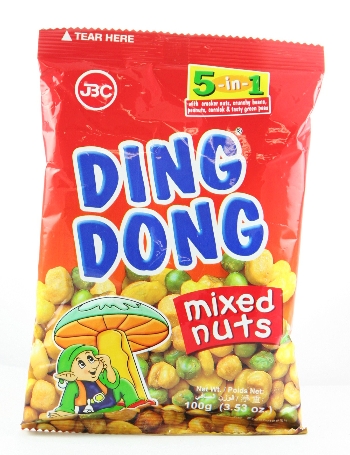(Note: If you really just want to know how to make yogurt, skip the seemingly obligatory preamble and go straight to the section marked “How to Make Yogurt in a Subtropical Climate When You’re Really Cheap”.)
In the Philippines, as in many parts of Asia, natural dairy products are not really part of the local culture. “Milk” usually means infant formula with added palm and coconut oil. “Cheese” is… well, I don’t know what it is, exactly – check the ingredients, of which there are many. Filipinos do produce a fairly delicious natural cottage cheese called kesong puti, but it is seldom consumed in reality, and is more something that people wistfully imagine being consumed in a romanticized version of the Philippines of yore – those quaint olden times when food was not carcinogenic and locals would put on their frilliest dresses and freshly-pressed barong and ride a kalesa to visit Calle Escolta and drink tsokolate made from fresh tableya. Those were the days, yes, but progress marches on, and we have since moved on to the wonderful, gleaming modernity of SM Megamall, Swiss Miss and Quickmelt.
This isn’t as bad as it sounds, though. I’ve long since learned to adapt, and enjoy all of the wonderful foods that are part of the local culture, like fresh tropical fruits and delicious seafood. So when I’m craving a rich, creamy taste that isn’t made with Indonesian palm oil haunted by the ghosts of dead orangutans, I can go to the market and order a bag of freshly-preshed coconut milk. Even better than the actual taste might be the experience of watching it get squeezed out in front of me by an impressively shirtless man with a hydraulic press. It’s delicious, and food doesn’t get any more natural. And oh, those abs! Read More

